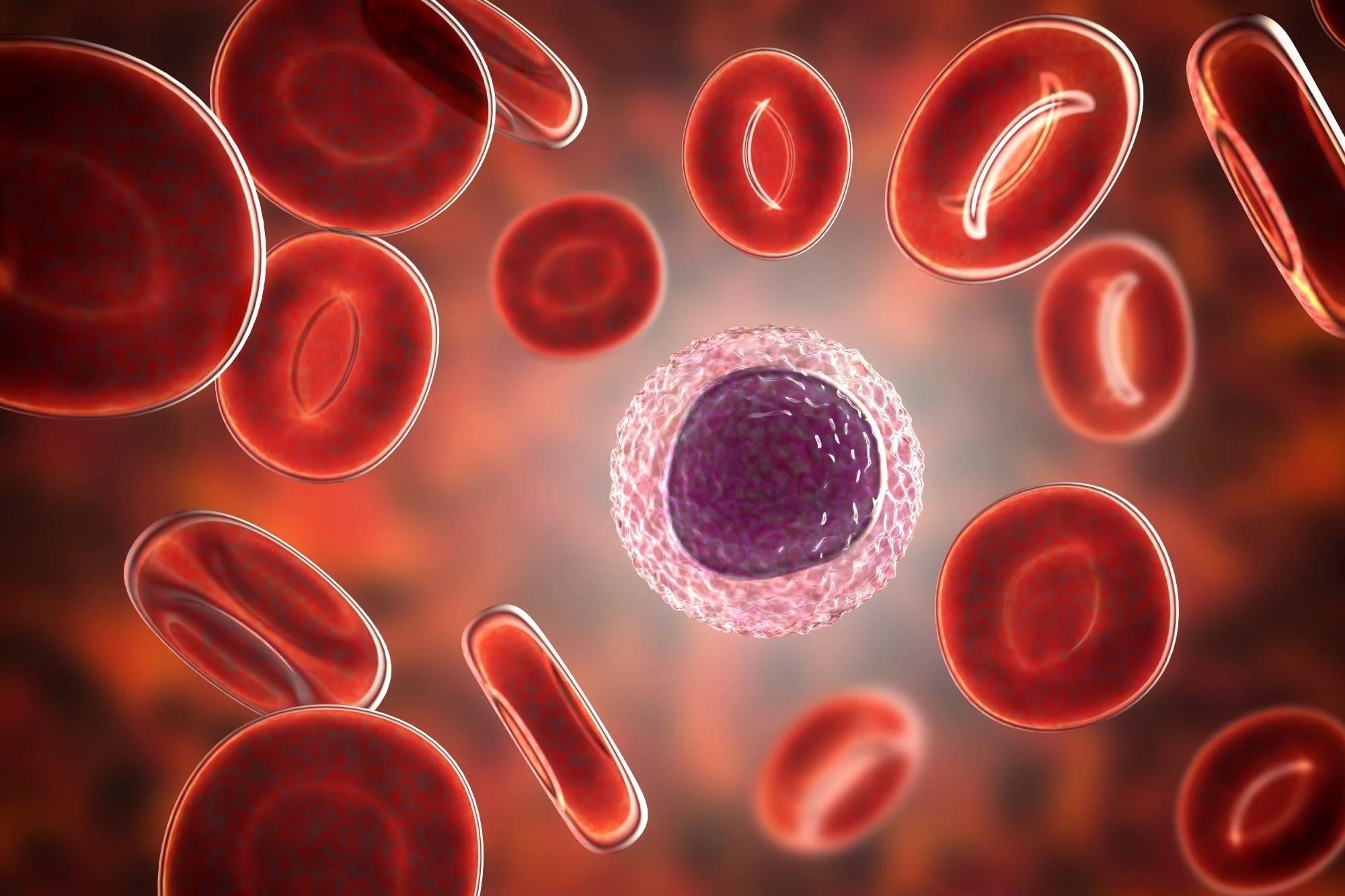
Bruton Type Agammaglobulinemia (BTK) is a rare genetic disorder that affects the immune system. People with this condition have a hard time fighting infections because their bodies don't produce enough antibodies. This happens due to a mutation in the BTK gene, which is crucial for the development of B cells, a type of white blood cell. Symptoms often appear in early childhood and include frequent bacterial infections, especially in the ears, lungs, and sinuses. Early diagnosis and treatment are vital for managing the condition. Treatment usually involves regular infusions of immunoglobulin to boost the immune system. Understanding BTK can help families and healthcare providers better manage the challenges it presents. Let's dive into 25 interesting facts about this condition to shed light on its complexities and the lives of those affected.
What is Bruton Type Agammaglobulinemia?
Bruton Type Agammaglobulinemia (BTA) is a rare genetic disorder that affects the immune system. People with this condition have a significantly reduced ability to produce antibodies, making them more susceptible to infections. Let's dive into some fascinating facts about this condition.
-
BTA is also known as X-linked agammaglobulinemia (XLA). This name comes from the fact that the gene responsible for the disorder is located on the X chromosome.
-
The disorder was first described by Dr. Ogden Bruton in 1952. He identified the condition in a young boy who had recurrent bacterial infections.
-
BTA primarily affects males. Since the gene is on the X chromosome, males (who have only one X chromosome) are more likely to be affected.
-
Females can be carriers of BTA. Women have two X chromosomes, so if one carries the defective gene, the other can often compensate, making them carriers rather than sufferers.
-
The BTK gene is responsible for BTA. This gene provides instructions for making a protein called Bruton's tyrosine kinase, crucial for B-cell development.
Symptoms and Diagnosis
Understanding the symptoms and how BTA is diagnosed can help in early detection and management.
-
Recurrent bacterial infections are a hallmark of BTA. These infections often affect the ears, lungs, skin, and gastrointestinal tract.
-
Symptoms usually appear in infancy. Most children with BTA start showing signs of the disorder between six months and one year of age.
-
Blood tests can diagnose BTA. These tests measure the levels of immunoglobulins (antibodies) and the presence of B cells.
-
Genetic testing confirms the diagnosis. Identifying mutations in the BTK gene can provide a definitive diagnosis.
-
Delayed diagnosis can lead to severe complications. Without proper treatment, recurrent infections can cause organ damage and other serious health issues.
Treatment and Management
While there is no cure for BTA, various treatments can help manage the symptoms and improve the quality of life.
-
Immunoglobulin replacement therapy is the primary treatment. This therapy involves regular infusions of antibodies to help fight infections.
-
Antibiotics are often used to treat infections. Prompt treatment of bacterial infections is crucial for individuals with BTA.
-
Patients should avoid live vaccines. Live vaccines can cause infections in people with compromised immune systems.
-
Regular check-ups are essential. Monitoring the patient's health can help manage the condition and prevent complications.
-
Gene therapy is a potential future treatment. Researchers are exploring ways to correct the defective BTK gene.
Living with BTA
Living with BTA requires adjustments and awareness, but many people lead fulfilling lives with proper management.
-
Education about the condition is vital. Patients and their families should understand BTA and how to manage it.
-
Support groups can be beneficial. Connecting with others who have BTA can provide emotional support and practical advice.
-
Healthy lifestyle choices are important. A balanced diet, regular exercise, and good hygiene can help maintain overall health.
-
Avoiding exposure to infections is crucial. Patients should take precautions to minimize their risk of infection.
-
Mental health support is also important. Dealing with a chronic condition can be stressful, so mental health care should not be overlooked.
Research and Future Directions
Ongoing research is crucial for improving the lives of those with BTA and finding potential cures.
-
Stem cell research offers hope. Scientists are investigating the use of stem cells to treat or even cure BTA.
-
Clinical trials are ongoing. New treatments and therapies are being tested to improve patient outcomes.
-
Advances in genetic research are promising. Understanding the genetic basis of BTA can lead to better diagnostic and treatment options.
-
International collaborations are key. Researchers around the world are working together to find solutions for BTA.
-
Awareness and advocacy are growing. Increased awareness can lead to better funding for research and support for patients.
Key Points to Remember
Bruton Type Agammaglobulinemia (XLA) is a rare genetic disorder affecting the immune system. It primarily impacts males due to its X-linked inheritance pattern. People with XLA have a significant reduction in B cells, leading to low levels of immunoglobulins. This makes them more susceptible to infections. Early diagnosis and treatment with immunoglobulin replacement therapy can greatly improve quality of life. Regular medical check-ups and vaccinations are crucial for managing the condition. Genetic counseling is recommended for families with a history of XLA. Understanding these key facts helps in recognizing symptoms early and seeking appropriate medical care. Awareness and education about XLA can lead to better support and resources for affected individuals and their families. Stay informed, stay proactive, and ensure a healthier future for those living with XLA.
Was this page helpful?
Our commitment to delivering trustworthy and engaging content is at the heart of what we do. Each fact on our site is contributed by real users like you, bringing a wealth of diverse insights and information. To ensure the highest standards of accuracy and reliability, our dedicated editors meticulously review each submission. This process guarantees that the facts we share are not only fascinating but also credible. Trust in our commitment to quality and authenticity as you explore and learn with us.


